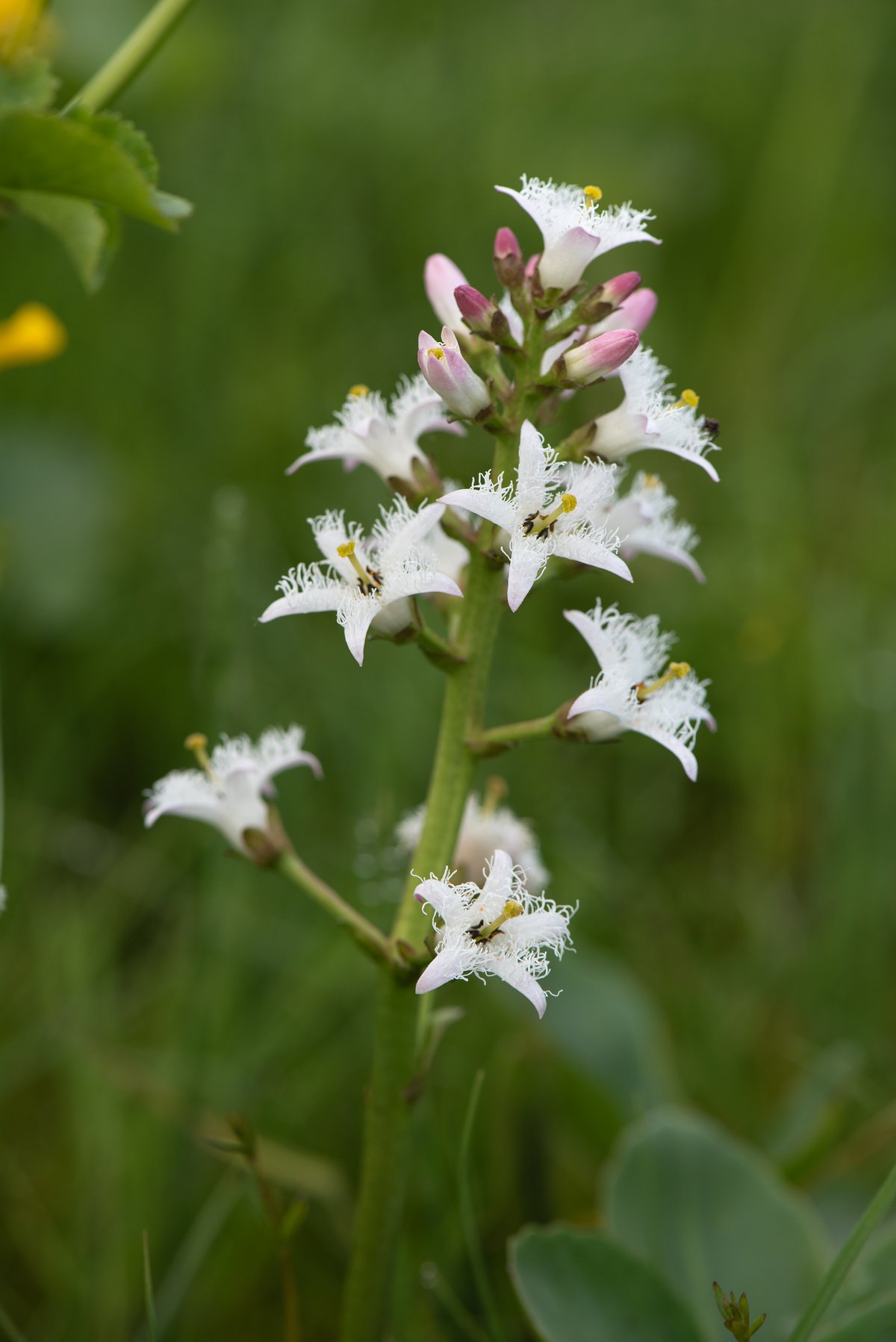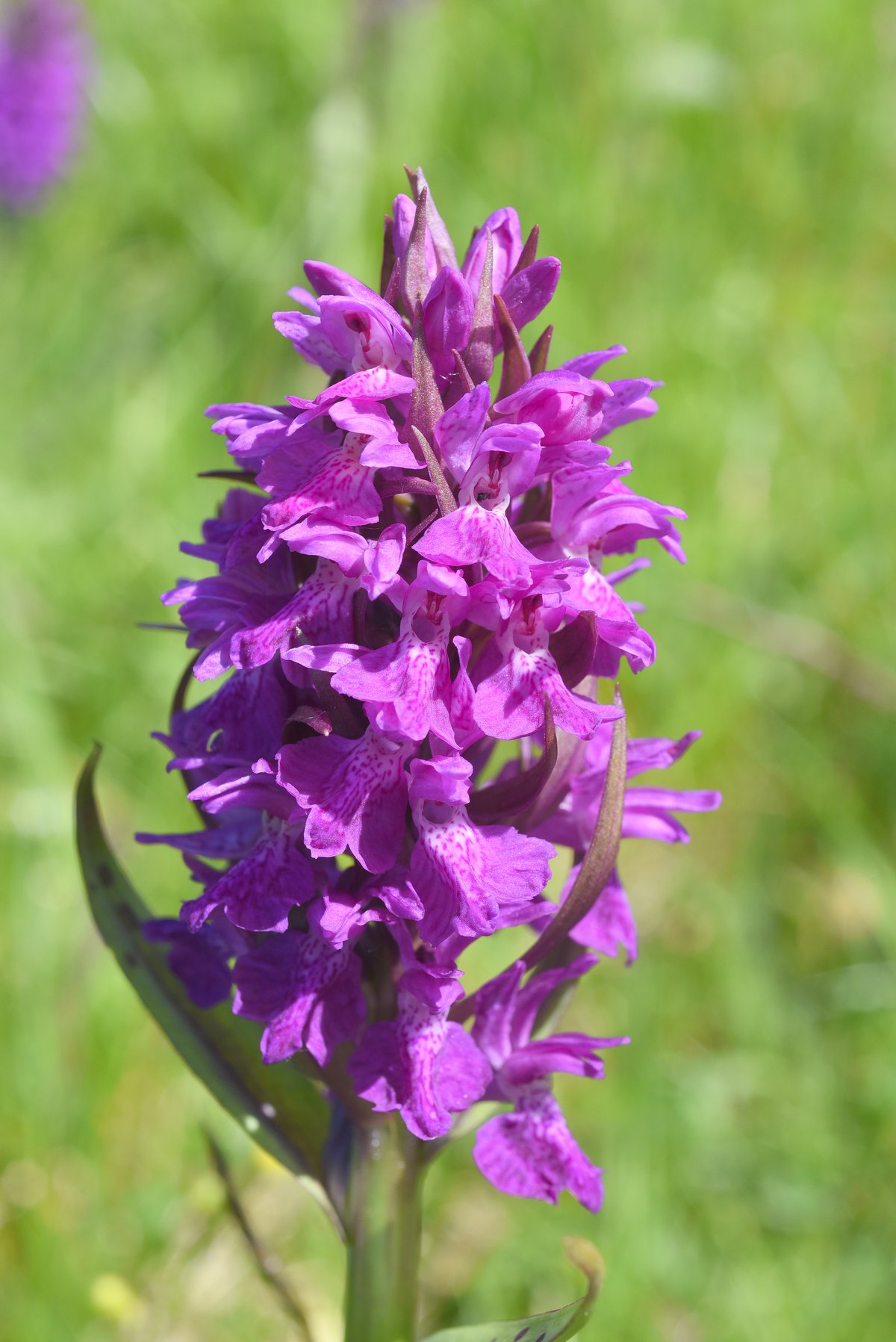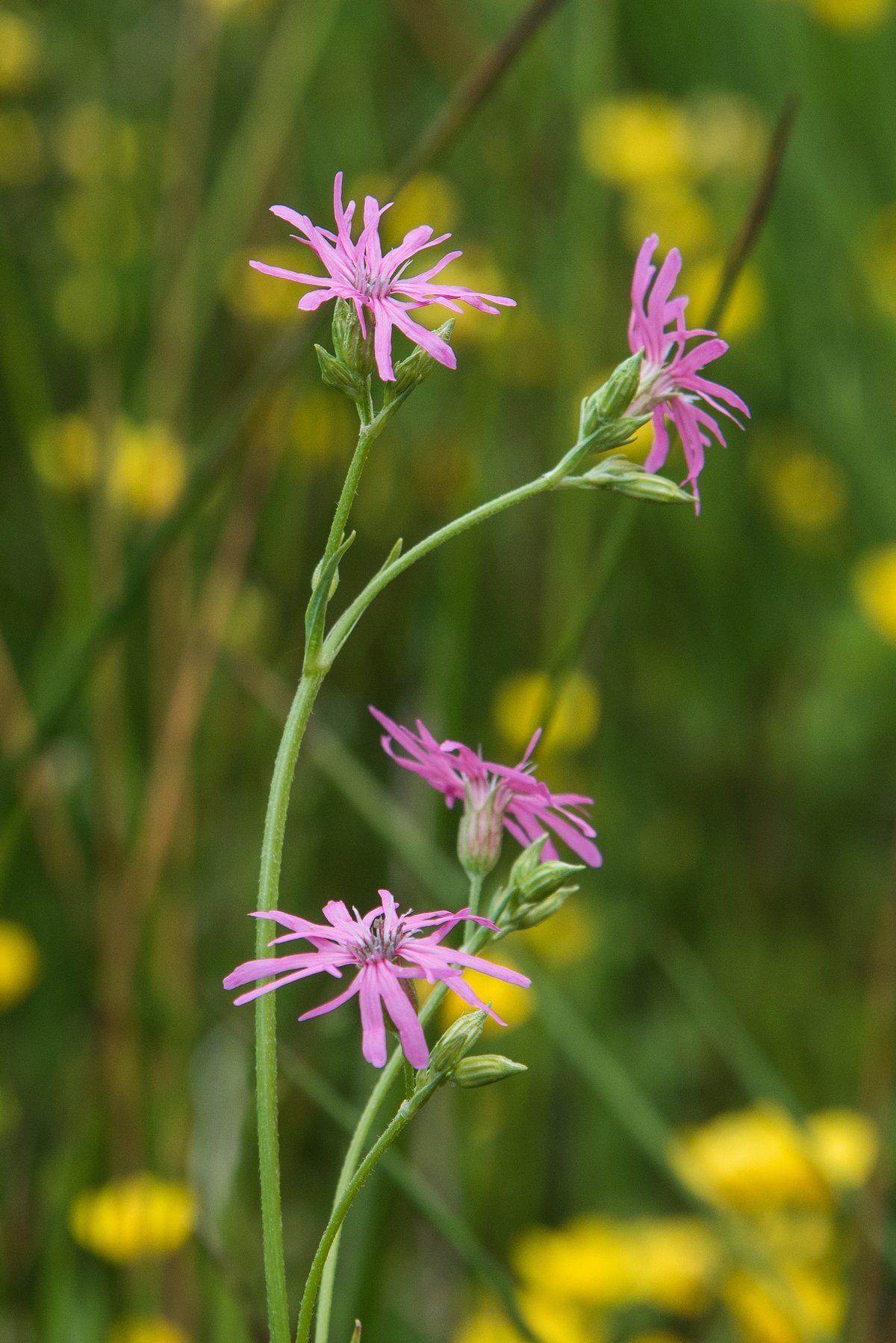Retired biologist Erik Vinther:
The transect stretches across an environmental gradient from the edge of the forest towards a small stream. The vegetation changes along the transect and was originally divided into three habitats: Alder forest habitat, meadowsweet habitat and the true sedge habitat. The transect is divided into 37 plots of 2x2m, where the vegetation is analysed by a coverage-level analysis. The analyses were carried out by Erik Vinther a total of 19 times at 1-4 year intervals, most recently in the summer of 2021. Measuring the water level along the transect also started here. The water level measurements have been carried out once a month until December 2022. Aarhus University, Department of Ecoscience, has taken over the time series in 2021. The continuation of the time series includes collecting and processing plant-abundance data from the fen every other year. The method for monitoring the 74m-long transect naturally follows Erik Vinther's original protocol. We will supplement Erik's original data set with measurements of soil pH and N/P measurements in leaves at 10-year intervals. Such environmental variables are important when we, through analyses, try to understand and interpret the changes that take place in the vegetation over time. We will also compare time series data with data collected via the National monitoring programme NOVANA and continuously collect information about management (mainly grazing) from the local cattle grazing guild and Aarhus Municipality, which owns Uller Eng.



